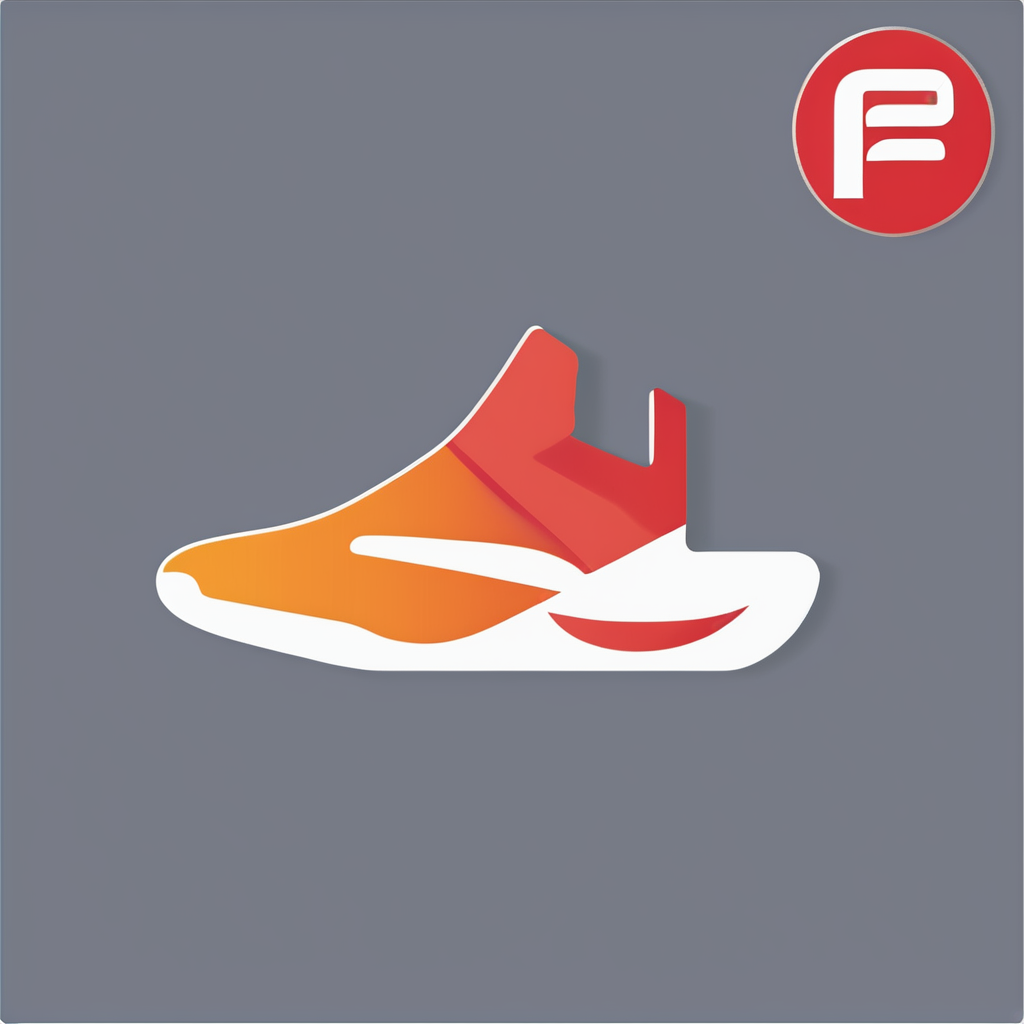Essential Foundations for Squash Footwork Excellence
Mastering squash footwork fundamentals is crucial for players aiming to elevate their game with precision and agility. At the core of elite squash footwork lies balanced, controlled movement, allowing swift direction changes without sacrificing stability. Understanding these squash movement patterns—such as lunging forward, side-stepping, and quick backward recovery—is vital before attempting any advanced techniques.
Prioritizing these foundations ensures more efficient energy use, reducing fatigue, and minimizing injury risk. Ignoring basics can lead to poor form and slower response times during matches. Therefore, emphasis on basic squash drills like shadowing movements and ladder exercises builds muscle memory and improves coordination.
In the same genre : What are the best UK sports venues for fitness enthusiasts?
Incorporating key warm-up exercises is equally important. Dynamic stretches targeting the calves, hamstrings, and ankles prepare the body for the intense lateral and forward thrusts inherent to squash. A proper warm-up not only enhances performance but also serves as a preventive measure against common injuries such as sprains or strains.
Fostering these foundational skills lays a solid groundwork, enabling players to confidently progress towards more complex drills with greater effectiveness and safety.
Also to read : How can UK fitness challenges motivate personal growth?
Advanced Squash Footwork Drills and Techniques
Mastering advanced squash footwork drills is essential for elite squash training. These drills sharpen agility, speed, and court coverage, vital attributes for competitive play.
One top-tier drill involves the “T-Drill”, which enhances lateral quickness and change of direction. Begin at the center “T” of the court. Sprint forward to the front wall, shuffle sideways to each side, then backpedal to the starting point. Repeat with increasing speed while maintaining balance and low posture.
Another effective exercise is the “Shadow Squash”, simulating gameplay movement without the ball. Execute precise foot placement while visualizing shots, focusing on recovery to the “T” after each move. This footwork exercise routine emphasizes fluid transitions and weight shifts.
For the “Box Drill,” mark four points forming a square on the floor. Sprint diagonally and laterally between points, mimicking varied court movements. This trains both explosive power and directional control.
Incorporate these drills consistently into your training sessions to refine footwork mechanics. Visual aids, such as instructional videos or diagrams, can further clarify proper execution and posture, ensuring your elite squash training yields optimal results.
Benefits and Skill Progressions from Drills
Mastering squash footwork offers key benefits, including enhanced speed, greater efficiency, and improved court coverage. Each drill focuses on different aspects: some prioritize quick directional changes, boosting speed; others emphasize maintaining balance and rhythm, increasing efficiency; while comprehensive drills develop your ability to cover the entire court smoothly. This targeted approach promotes a well-rounded squash performance improvement.
Tracking your progress is vital. Keep a training log to record times for specific drills, note how long you sustain high intensity, and track recovery times. Improvements in these metrics indicate enhanced footwork and endurance. Video analysis can also help you observe your movement pattern changes over time, providing concrete evidence of progress.
To increase drill intensity safely, gradually reduce rest intervals and increase repetitions. Incorporate dynamic stretching and warm-up exercises beforehand to prepare muscles and reduce injury risks. Remember, progressive training for squash must balance challenge with recovery to avoid overtraining. Incremental challenges lead to sustainable improvement and heighten your game skills effectively.
Expert Tips and Pro Insights for Footwork Mastery
Mastering squash footwork hinges on knowing what errors to avoid and applying targeted advice from experienced faces in the sport. One frequent slip is overstepping—many players lunge too far, losing balance. Squash pro tips emphasize controlled, precise steps to maximize court coverage without sacrificing stability.
Top squash coach advice highlights the importance of rhythmic, consistent foot placement during advanced drills. This ensures fluid movement and readiness for rapid direction changes, vital during high-level match play. Elite squash player interviews often reveal their focus on drills that mimic real-game scenarios, emphasizing reactive footwork over rote patterns.
Incorporating these drills thoughtfully within weekly training plans is crucial. Professionals recommend alternating intensity: combining high-speed footwork drills with recovery or technical sessions. This balance builds endurance and sharpens skill without overwhelming the athlete.
Implementing these insights not only avoids common pitfalls but accelerates progression. Applying squash pro tips, coach advice, and lessons from elite squash player interviews collectively forms a solid foundation—empowering players to reach new heights with confidence and precision.
Building Your Ultimate Squash Footwork Routine
Creating custom squash training plans is essential for players aiming to enhance footwork efficiently. A structured approach ensures that every session targets specific movement patterns crucial for agility, balance, and speed on the court. For beginners, sessions should focus on basic lateral and front-back movements, emphasizing control and consistency. Advanced players benefit from more complex drills involving directional changes and explosive sprints.
A well-designed weekly drill rotation balances skill development and recovery. For example, Day 1 can highlight agility ladders and side-to-side lunges, Day 3 may incorporate split-step timing and quick directional shifts, while Day 5 focuses on reactive footwork under pressure. This rotation helps maintain high energy levels and prevents overtraining.
Adjusting your structured squash footwork routines to align with personal performance goals, whether increasing speed or improving endurance, optimizes progress. Frequent assessments allow tailoring drills to address weaknesses efficiently. Incorporating video analysis can further fine-tune technique in your training for advanced squash sessions, offering precise feedback that complements physical drills.
By following these principles, you develop a targeted, effective routine that builds solid footwork foundations and enhances court performance.


